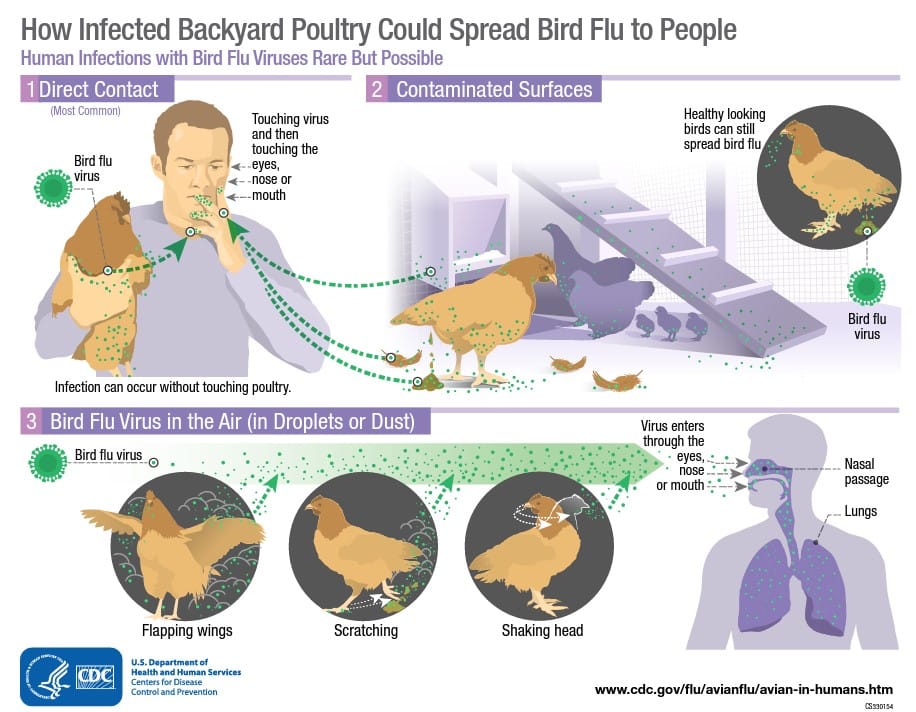In recent months, avian influenza, commonly known as bird flu, has emerged as a growing threat, with various strains of the virus spreading across continents. The World Health Organization (WHO) and the Centers for Disease Control and Prevention (CDC) have reported an uptick in cases, particularly of the H5N1 strain, which has shown an alarming ability to infect humans. As of October 2023, at least 15 countries have reported outbreaks in domestic poultry, leading to mass culling and heightened biosecurity measures.
The situation is particularly concerning in regions where poultry farming is a major industry. For example, in Southeast Asia, countries like Vietnam and Thailand have seen significant outbreaks, prompting governments to implement strict measures to contain the virus. The economic implications are severe, with farmers facing substantial losses and consumers facing rising prices for poultry products.
Moreover, the recent mutations of the virus have raised concerns about its transmissibility among humans. While the current human infections remain limited, experts warn that the potential for a pandemic could increase if the virus adapts further. The WHO has emphasized the need for continuous surveillance and research to monitor the virus’s evolution and its potential impact on public health.
In response to the threat, health authorities are urging the public to remain vigilant. Recommendations include avoiding contact with sick birds, ensuring proper cooking of poultry products, and reporting unusual bird deaths to local health authorities. Vaccination strategies for poultry are also being discussed as a preventive measure to curb the spread of the virus.
As the world grapples with the ongoing challenges of zoonotic diseases, the resurgence of bird flu serves as a stark reminder of the interconnectedness of animal and human health. The need for a coordinated global response has never been more critical, as health officials strive to prevent a potential outbreak that could have devastating consequences for both public health and the economy.



